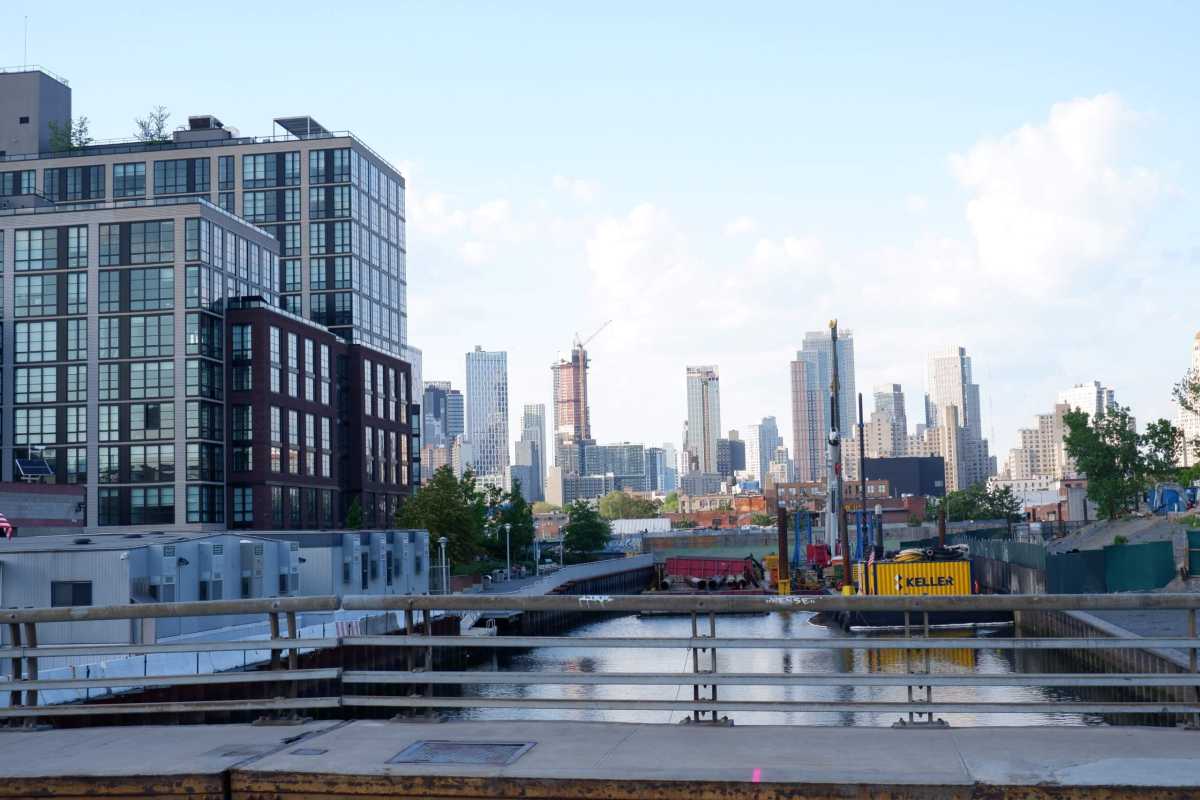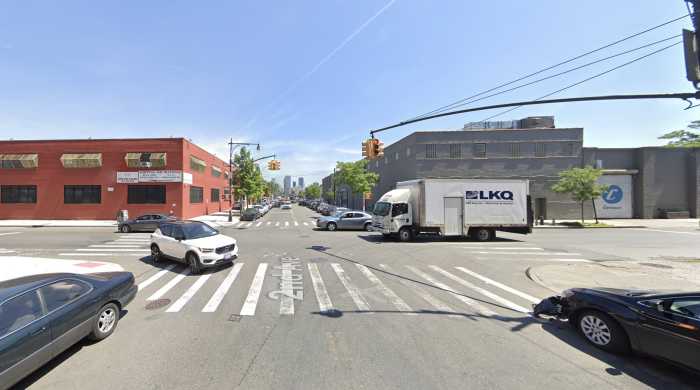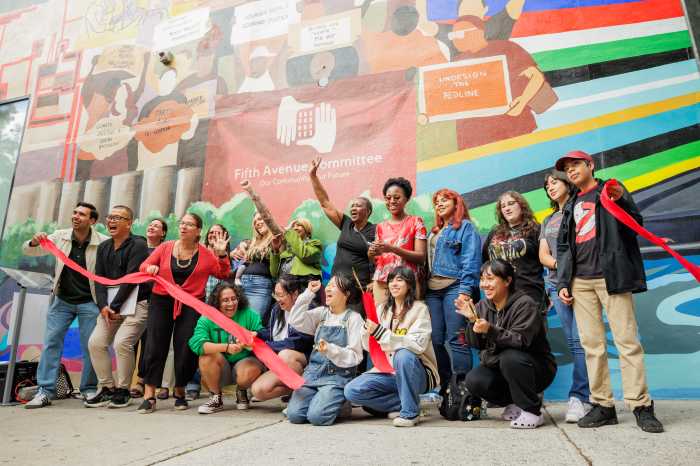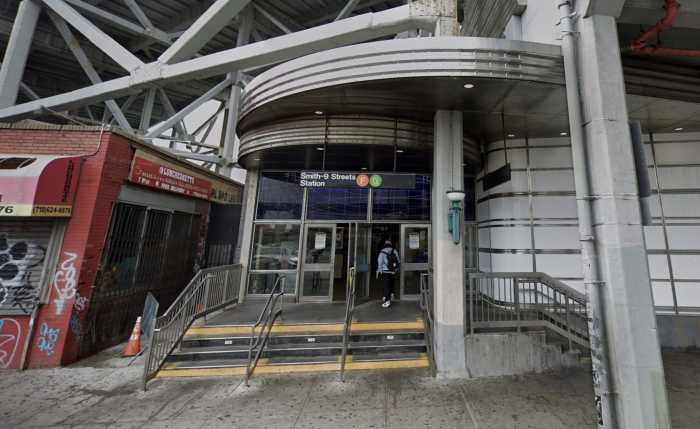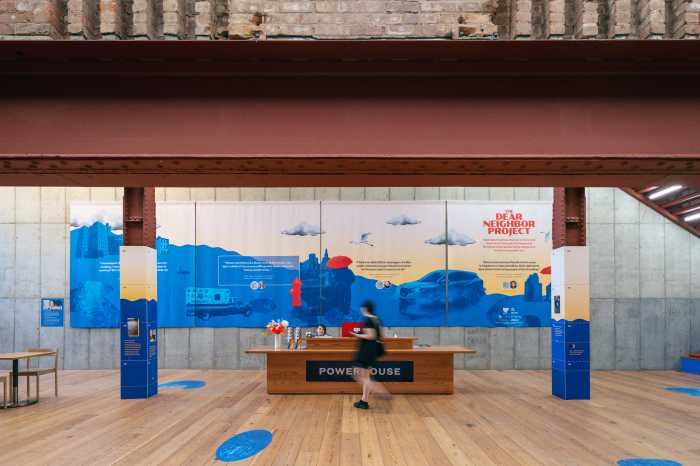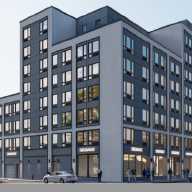The proposed neighborhood-wide Gowanus rezoning could increase diversity in the largely-white industrial neighborhood through an influx of thousands of below-market-rate apartments, a new report claims.
Currently, Community District 6, which encompasses Gowanus, is one of the 10 districts citywide that is over 60 percent white — and, if current housing trends continue, the area will only get wealthier and whiter, according to the study.
That falls in line with the past 15 years, where Community District 6 and neighboring District 2 saw their Black and Latino population decrease from 38 percent to 31 percent over the past 15 years.
As it stands, Community District 6 is 62 percent white, 15 percent Hispanic and Latino, 11 percent Black, and seven percent Asian, according to the report. Additionally, 80 percent of the district’s non-white residents live in ‘protected housing’ — meaning non-market rate rental housing, such as the public housing or rent-controlled apartments.
With the Gowanus rezoning standing to add roughly 8,000 new housing units to the neighborhood — around 3,000 of which will be earmarked for families making between $30,000 and $100,000 — the study, conducted in part by City Council land use staff and the Fifth Avenue Committee, contends that a new influx of residents will only diversify the neighborhood.
“The study clearly outlines how building 3,000 units of truly affordable housing — an unprecedented 35 percent of the total units to be built — helps to counter local exclusionary trends and promote racial integration,” said Fifth Avenue Committee executive director Michelle de la Uz. “Advocating to truly advance equity and inclusion as part of this rezoning and more broadly in New York City is central to FAC’s mission and we look forward to working with allies to achieve shared goals.”
The Fifth Avenue Committee, the nonprofit housing developer, is co-developing the Gowanus Green development on Smith Street, which will contain roughly 900 of the affordable units the rezoning may create, and as such has a vested interest in getting the rezoning approved.
A recently passed law by the city council will require applicants for land use changes to conduct “Racial Equity Reports” starting in 2022. The reports are intended to examine the potential effects rezonings will have on displacement, the same way developers are required to study the impacts on the surrounding environment through an environmental impact statement.
While not yet required by law, both proponents and opponents of the rezoning pushed for a racial equity statement for the Gowanus plan.
“As our public statements, communications to the city, and final vote to conditionally approve the Gowanus rezoning made clear, we supported a racial impact study and are glad to see one has been done,” said Community Board 6 District Manager Mike Racioppo. “More important than the study being done are the results of the study, which show Gowanus could become more diverse after the rezoning.”
The Gowanus rezoning is among the first pushed by the Bill de Blasio administration that seeks to upzone a largely white, upper-class area. A significant amount of recent up-zonings have played out in largely non-white working class and working poor neighborhoods, while rich neighborhoods have been granted lower-scale zonings and historical districts.
Brooklyn Community Board 6 has voted to support the rezoning with a number of conditions, which local Councilmember Brad Lander has said he intends to write into the text of the rezoning once it comes before him.
The proposal is currently working its way through the city’s seven-month Uniform Land Use Review Procedure, and is currently undergoing review by the Borough President’s office before it is reviewed by the City Planning Commission and the City Council.


